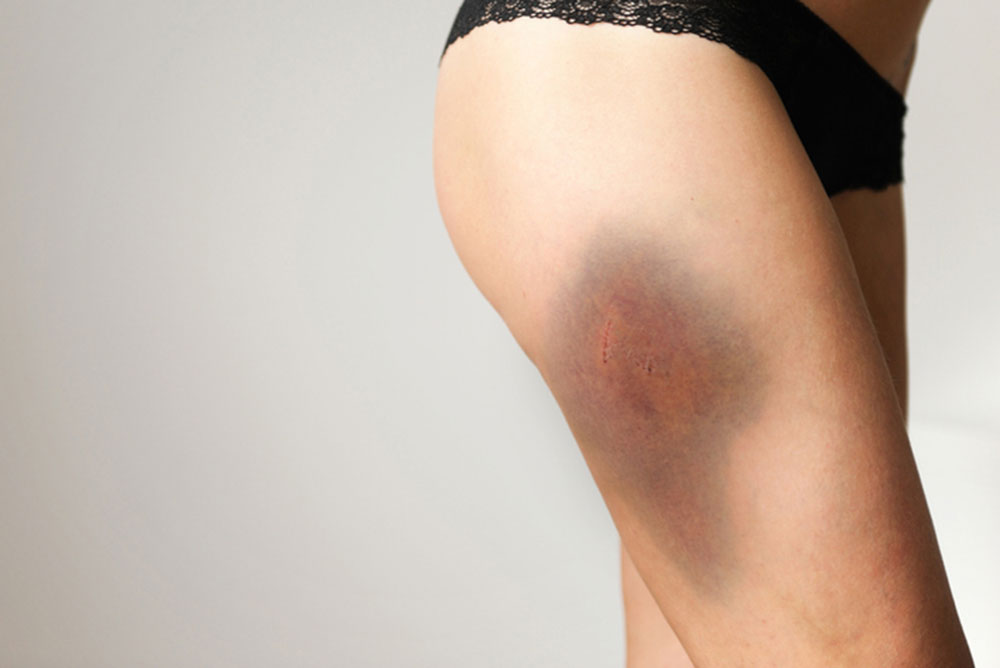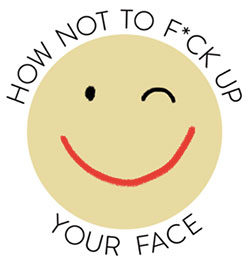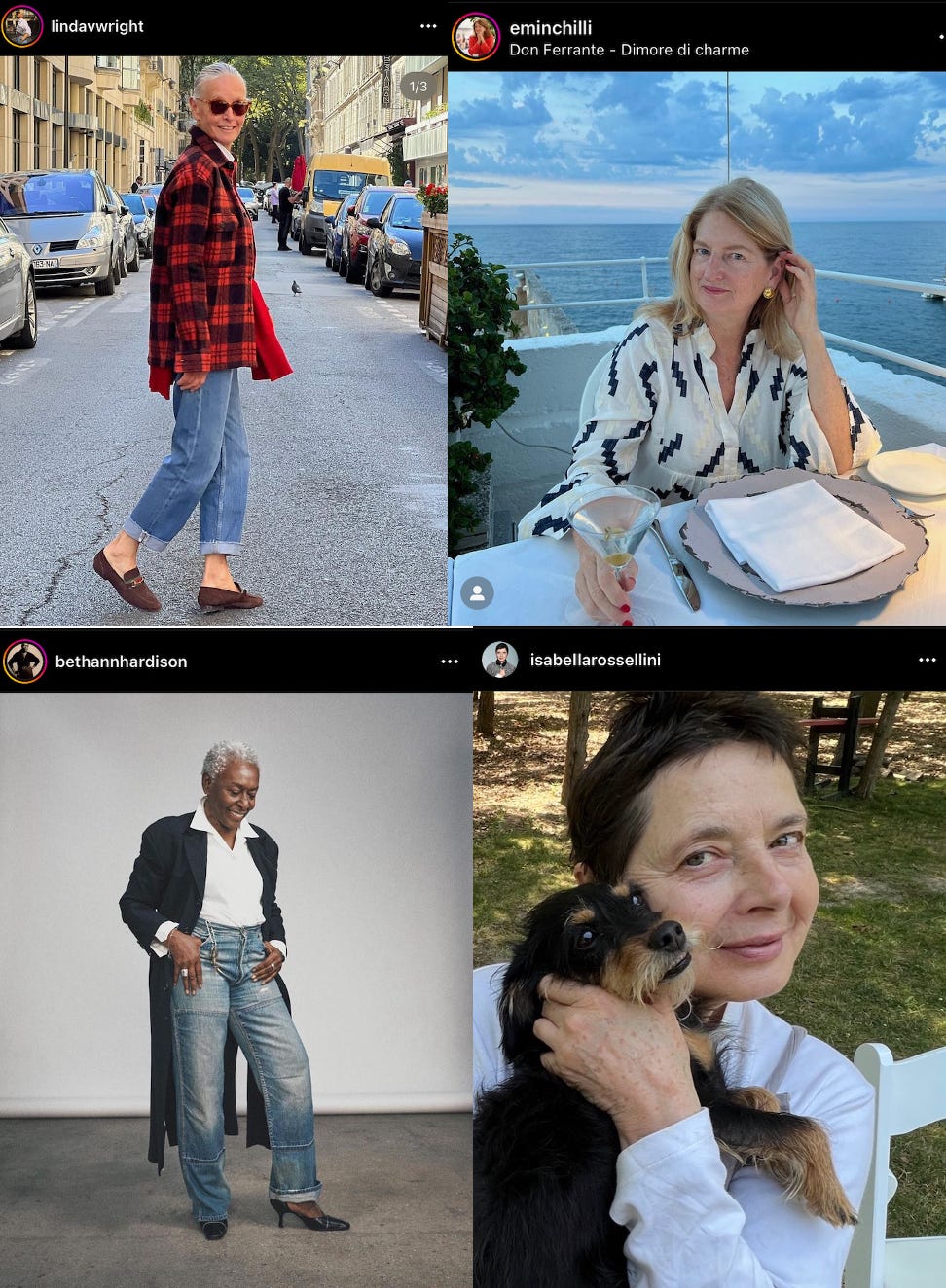
iStock
By Valerie Monroe
If you’re interested in feeling happier about your appearance—especially as you age—you might like reading what she has to say about it. For more of her philosophical and practical advice, subscribe for free to How Not to F*ck Up Your Face at valeriemonroe.substack.com.

Can’t get enough Valerie Monroe? There’s more at https://valeriemonroe.substack.com.
RECENTLY, my accidental muse, L, sent me a link to a New York Times story by reporter Vanessa Friedman about a style trend for spring 2023 that features fabrics wrinkled, slashed, shredded, snagged, and somehow—though I’m still struggling to find the thread—related to the Japanese idea of wabi-sabi. The trend celebrates, as Friedman eloquently put it, “brokenness survived and rendered beautiful.”
“In their imperfection was their soul,” she says of the clothes, which is an idea I love—and that I wish I could attach to a torn sleeve with a bit of lace and an appliqué flower lovingly stitched into it. Is it the same thing (but fake) as when your favorite jeans, washed almost to death, finally give up and split at the knee? Friedman’s wider conclusions about what the trend says about who and where we are culturally at the moment are fun and provocative. You can read the story here.
In fact, it got me thinking about what a shame it was that the designers championing imperfection didn’t also use models whose faces might have delivered a hit of wabi-sabi. Too matchy-matchy, maybe? For some reason—having to do with my advanced age and my adolescent yearning for a style role model—I’ve been hooked on a few Instagrams that feature stylish, great-looking, older women with untouched faces. This one is fun and interesting; so is this one, this one, and this one.

When you choose to allow your age to freely manifest, I think it’s an especially good idea to pay attention to your presentation, sartorial and otherwise. Why? Because it can make you feel good. Because taking time (or being creative) with your presentation communicates the idea that you respect yourself. The wrinkled clothes on the runway (most of them) didn’t look like old button-downs pulled out of the dryer; they were styled—obviously their appeal.
If I remember right, I once wrote that smudged lipstick (or lipstick on your teeth) is the droopy hem of makeup. And I think that might be perceived differently on an older woman, because it not only suggests carelessness, but also that bugaboo as we age: loss of control. When my meticulous mom was in her 90s (and very bosomy), she would occasionally have some small reminder of a recent meal staining her shirt. That was the one thing that made me see her, finally, as old. I’m often checking to be sure my shirtfront is immaculate. If it were (purposely) wrinkled? Greater vigilance.
◊◊◊◊◊◊◊◊◊◊◊
And speaking of vigilance, or lacking it, I recently received a couple of reader queries concerning falling down and bumping into things, a pastime that evidently emerges with an accumulation of birthdays.
“Ask Val” answers your urgent questions, Vol. 37
Yes, you, right up here in the front with the—is that a tattoo on your forearm?
Q: No, thank you very much, it’s a bruise. I’ve noticed that since I hit the age of 630 [sic], I’m bruising more easily and taking longer to heal. Why? And what can I do about it?
A: I have nothing to offer except: Watch where you’re going. And having taken a tumble myself not too long ago, I know that advice isn’t helpful. So I asked HNTFUYF DermDiva Heidi Waldorf for her thoughtful counsel.
First, what’s happening to you is normal. Because our DNA loses the ability to repair itself, all the instructions it sends out to the body over time are impaired, said Waldorf. She then went into a granular explanation (which happened to include something called “granulation tissue”) about how our compromised DNA inhibits the production of growth factors, which in turn leads to a failure to produce new collagen. Or something like that. Trust me, it’s the DNA version of Bleak House.
“Bruising (or purpura) from minor injury increases as the skin structure weakens and the blood-vessel walls become more fragile,” she said. BTW, what’s the medical term for bruising caused by the effects of aging? Senile purpura, naturally!
As for how to handle your senile purpura: very gingerly, as you may have guessed. Waldorf suggests avoiding additional damage (meaning, watch where you’re going) and treating any damage you already have with topicals like retinoids and alpha hydroxy acids, which can help to some degree. (To some degree? Personally, I’m feeling pessimistic about these options.) Maintaining a healthy skin barrier by moisturizing regularly is a simple and effective way to help reduce trauma and speed healing, she says.
Waldorf’s advice, along with my ruminations about needing to be more careful about presentation as we get older, reminds me just how out of sync our minds and bodies can be. Sometimes aging feels as if you’re confidently strolling along, enveloped as usual in pleasant 45-year-old thoughts, when suddenly you find your 71-year-old self in a hole.
As my little granddaughter told me recently after she fell on stage before her first piano recital, “Grammie, it was such a SHOCK!”

Thank you, Nancy G!
Love these columns, and the observations on aging, but staying “with it.”